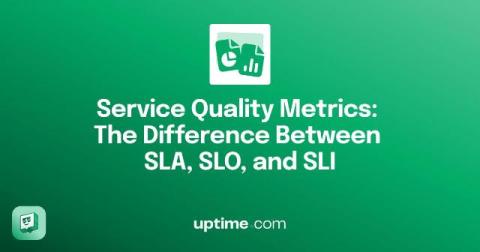Building Operational Resiliency in Higher Education with AIOps
The higher education industry is experiencing significant transformation. Colleges and universities have embedded digital tools across their academic environments to provide exceptional experiences for students, faculty, and staff. As technology becomes more integral to education, maintaining efficient, secure IT operations while ensuring 24/7 availability presents new challenges for institutions to manage.











